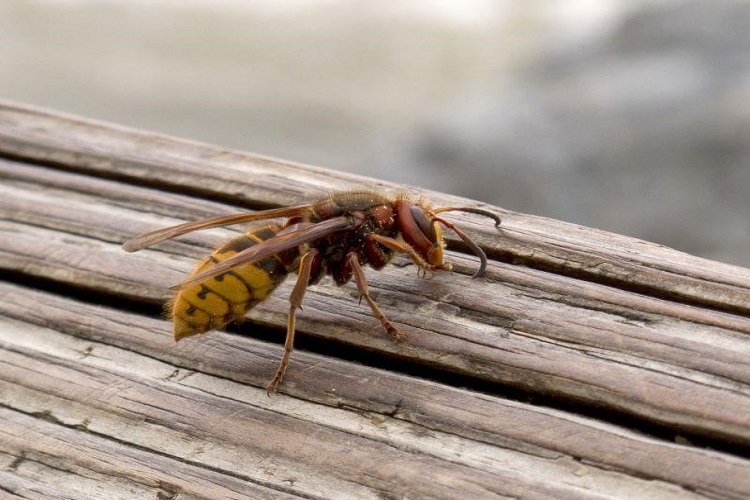
Homeowners are often confused about the buzzing insects hovering around their property and mistakenly believe them to be paper wasps when the pests actually are yellowjackets. This confusion can result in a less efficacious form of treatment and dangerous encounters. Both are common stinging insects that can be a danger to you and your family, especially toward the end of summer and into early fall when their populations peak.
It is important to know the main differences between paper wasps and yellowjackets to effectively identify them and remain safe. These three insects are characterized by identifying physical, nesting, and behavioral differences. Misidentification could lead to removal attempts and possibly to aggressive behaviour and multiple stings.
Basic identification knowledge is helpful, but when it comes to wasp or yellowjacket infestations, you should call in the pros. Head over here to speak to them to safely and effectively remove nests and eliminate the problem permanently. This guide will help you figure out which one is which and when to start seeking help.
Table of Contents
What are Paper Wasps?
Paper wasps are brownish, slender insects with long legs in flight that dangle. They are roughly 3/4- to 1-inch long and are known for their well-defined thin waists. Their bodies are usually brown with yellow markings, though some can be reddish-brown.
They build a bell-shaped nest from a hook-shaped leaf; the nest is constructed with a papyraceous material, masticated wood mixed with saliva. Paper wasps are less aggressive than yellowjackets and normally only sting when threatened directly or if the nest is disturbed. They like to nest in, under eaves, on porch ceilings, or in sheds and garages.
What Are Yellowjackets?
Yellowjackets are yellow-marked, sturdy wasps, about 0.4 to 0.6 inches in size. Their markings are in bright yellow and black stripes, and they have shorter legs than paper wasps. Their body is more compact and rounded, with a distinct waist between the thorax and abdomen.
These are actually even more aggressive than paper wasps and will attack with zeal to protect their property. Yellowjacket nests are constructed in a variety of sites, including rodent burrows, wall voids, plant stems, and hollow trees. They reside in nests with a papery outer envelope and contain multiple thousands of residents.
Difference Between Paper Wasps vs. Yellowjackets
Physical Appearance
Paper wasps are longer, more elongated insects with long legs hanging below. They are brown to reddish-brown in color and with yellow markings. Yellow jackets are a bit more stocky, with a thicker body and bright yellow and black stripes. The difference in the length of legs is especially striking as paper wasps have much longer legs that are easily observed in flight.
Nesting Behavior
They have extreme variation in the nesting habits of several of the species. Paper wasp nests are open, umbrella-like shapes with easily seen hexagonal cells. A single nest can contain anywhere from 15 to 200 individuals and is usually suspended from sheltered overhangs. Yellowjackets construct enclosed nests with papery exteriors, frequently built underground or in wall cavities.
Aggression Levels
Most paper wasps are not overly aggressive and only attack when they themselves are attacked. They are flighty and generally want to avoid confrontation and will fly away if approached slowly. Yellowjackets, though, are inherently more territorial and aggressive. They will pursue invaders over long distances and are capable of stinging multiple times without losing their stingers.
Feeding Preferences
Both species are also known to have varied dietary preferences, which influence their relationship with humans. Paper wasps eat caterpillars and several other garden pests, so it can be said that paper wasps are beneficial for natural pest control. They are omnivorous scavengers and are strongly attracted to human food, especially sugary liquids, meats, and garbage.
Call a pest control service immediately when you first see wasp or yellowjacket activity in the vicinity of your home. Prompt action keeps your family safe from potential stings and reduces the likelihood of colonies growing to maturity, making removal a safer and more cost-effective undertaking.

